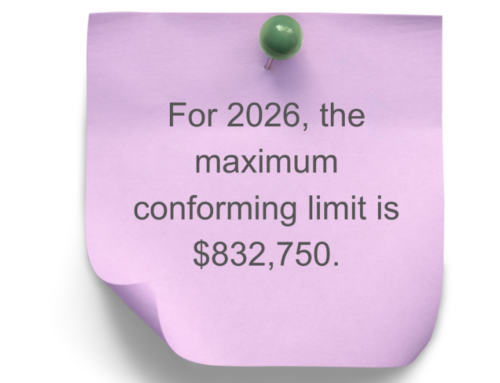The Federal Reserve and the Future of Mortgage Rates

Interest Rate Reduction
Federal Reserve policymakers got fresh confirmation that inflation is continuing to ease. This clears the way for a first reduction in interest rates this month. Fed Chair Jerome Powell said last week that “the time has come” to cut rates. This follows a battle with decades-high inflation that saw the U.S. central bank raising rates aggressively in 2022 and 2023. But what rate does the Federal Reserve lower, and how does that impact mortgage rates?
The Federal Reserve does not set mortgage rates. But it certainly affects them through its conduct of monetary policy. The Fed’s primary monetary policy is the federal funds rate. The federal funds rate is the rate that U.S. financial institutions (such as banks and credit unions) charge each other for overnight loans of reserves deposited at the Fed. It also sets the floor for all other interest rates on government and private debt.
Affect on Long-Term Mortgage Rates
When the Fed makes it more or less expensive for banks to borrow, banks pass along these costs or savings to their customers. As short-term rates rise or fall, long-term rates (like mortgage rates) also typically rise or fall.
The Fed prefers to give investors a heads-up whenever they plan to raise or cut short-term rates. By the time the Fed meets, there is often a consensus in the markets as to what the Fed plans to do. Mortgage rates often price in a Fed cut or increase in the federal funds rate long before it actually happens.
Mortgage Rate Decline
This appears to be why mortgage interest rates have declined around one percent in the last six weeks. Like many of you, I am hopeful that mortgage rates will continue to decline. That said, I would not be surprised if we have already seen the drop in mortgage rates for 2024.
Please contact us with questions or for help with your mortgage needs.



